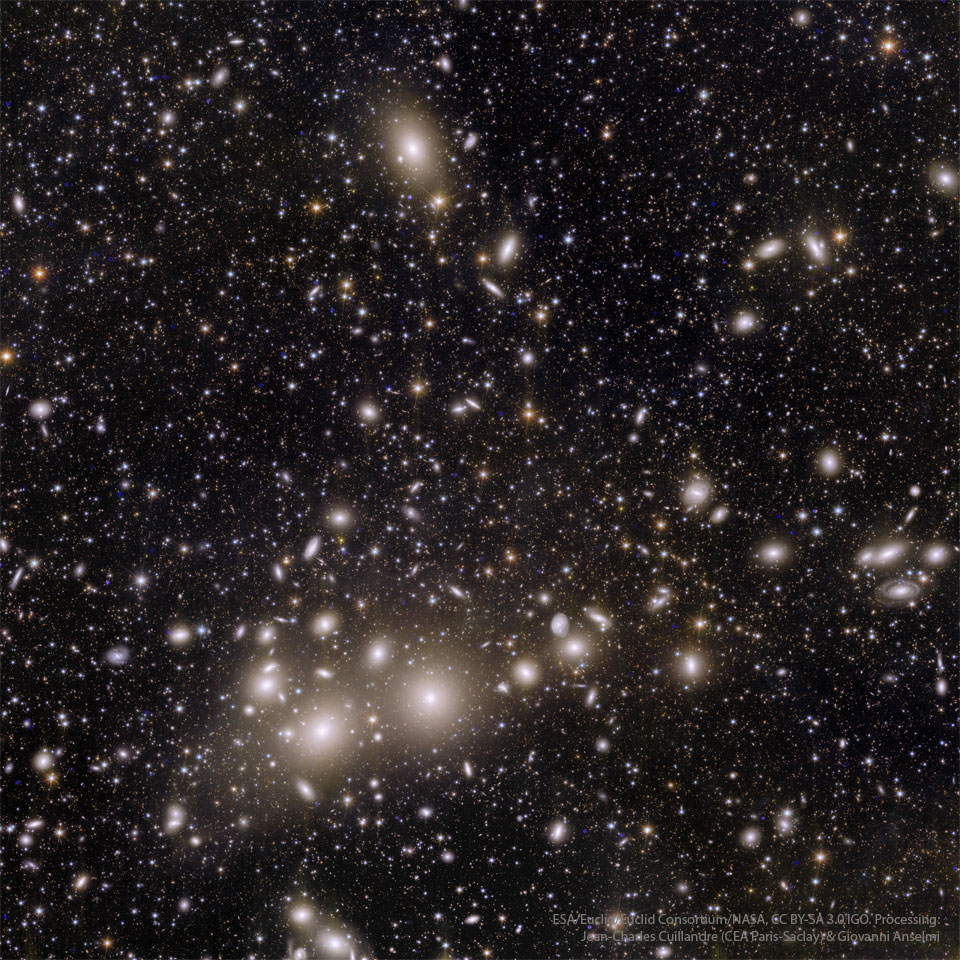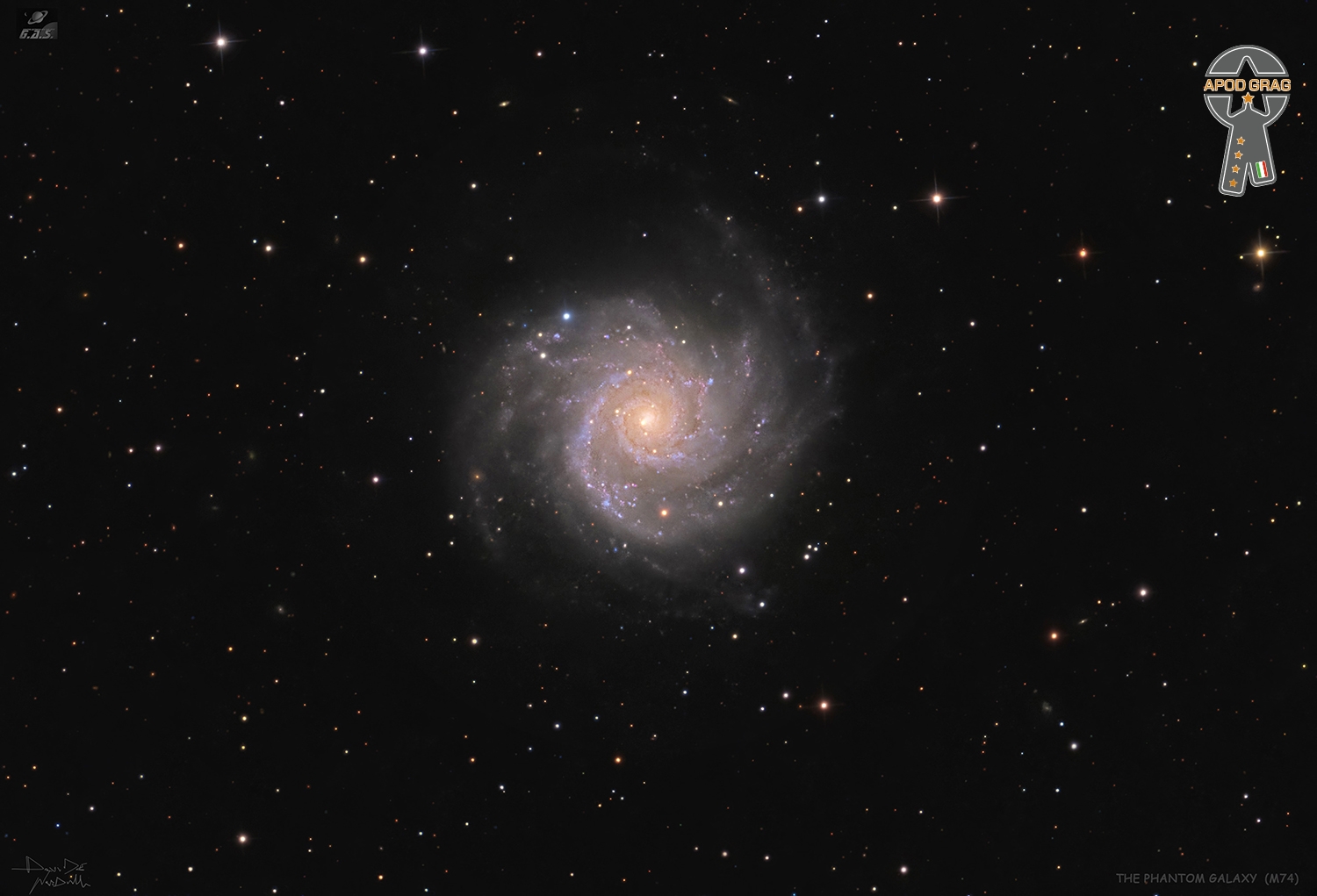Blog
The core of the Tangos is the letra, three or four octosyllabic lines. As with the Bulerías, the the first line is often repeated, and the repeated lines are balanced by a longer consequent phrase. Before a letra a Tangos may open with a guitar falseta or an estribillo, in which the singer sings a traditional melody with nonsense syllables (“le le le, ni, ni, etc.). The estribillo may return throughout the piece as a chorus after a letra.
Once the letra begins it can be broken up several times with remates performed by the dancer. This usually occurs between the first and second line of the letra, and often occurs more frequently, giving the dance a improvisatory air. Thus, the letras themselves can be further broken up with remates or escobillas from the dancer or with guitar falsetas. A dancer may also choose to perform a long footwork passage accompanied by compás patterns from the guitarist and palmista (an escobilla performed “a palo seco” or dry, without guitar accompaniment). As in Bulerías, Tangos can end with a cierre – a closing pattern – that is based on a different set of chords than the letras. The dancer can also perform a cue (llamada) that leads into a traveling exit – a salida. It’s also common to end certain forms in flamenco with a macho, a transition into a faster, related form. Tangos wiil often end with a brief Rumba Flamenca. Similarly, Tientos will often end with a brief Tangos.
more...The Crab Nebula is cataloged as M1, the first object on Charles Messier’s famous 18th century list of things which are not comets. In fact, the Crab is now known to be a supernova remnant, debris from the death explosion of a massive star witnessed by astronomers in the year 1054. This sharp image from the James Webb Space Telescope’s NIRCam (Near-Infrared Camera) and MIRI (Mid-Infrared Instrument) explores the eerie glow and fragmented strands of the still expanding cloud of interstellar debris in infrared light. One of the most exotic objects known to modern astronomers, the Crab Pulsar, a neutron star spinning 30 times a second, is visible as a bright spot near the nebula’s center. Like a cosmic dynamo, this collapsed remnant of the stellar core powers the Crab’s emission across the electromagnetic spectrum. Spanning about 12 light-years, the Crab Nebula is a mere 6,500 light-years away in the head-strong constellation Taurus.

Mary Allin Travers (November 9, 1936 – September 16, 2009) was an American singer-songwriter who was known for being in the famous 1960s folk trio Peter, Paul and Mary, along with Peter Yarrow and Paul Stookey. Travers grew up amid the burgeoning folk scene in New York City‘s Greenwich Village, and she released five solo albums. She sang in the contralto range.
Mary Travers was born in 1936 in Louisville, Kentucky, to Robert Travers and Virginia Coigney, journalists and active organizers of The Newspaper Guild, a trade union. In 1938, the family moved to Greenwich Village in New York City.
more...
Jesse Davis (born September 11, 1965) is an American jazz saxophonist. He began as a student in Ellis Marsalis‘s New Orleans Center for Creative Arts. After graduating, Davis embarked on a productive jazz career, recording eight albums on the Concord Jazz label, alongside collaborations with such artists as Jack McDuff and Illinois Jacquet. Davis has studied music at Northeastern Illinois University,[1] and in 1989 he received a “Most Outstanding Musician award” from Down Beat magazine.
more...There’s a new space telescope in the sky: Euclid. Equipped with two large panoramic cameras, Euclid captures light from the visible to the near-infrared. It took five hours of observing for Euclid’s 1.2-meter diameter primary mirror to capture, through its sharp optics, the 1000+ galaxies in the Perseus cluster, which lies 250 million light years away. More than 100,000 galaxies are visible in the background, some as far away as 10 billion light years. The revolutionary nature of Euclid lies in the combination of its wide field of view (twice the area of the full moon), its high angular resolution (thanks to its 620 Megapixel camera), and its infrared vision, which captures both images and spectra. Euclid’s initial surveys, covering a third of the sky and recording over 2 billion galaxies, will enable a study of how dark matter and dark energy have shaped our universe.

Bonnie Lynn Raitt ( born November 8, 1949) is an American songwriter, blues singer and guitarist. In 1971, Raitt released her self-titled debut album. Following this, she released a series of critically acclaimed roots-influenced albums that incorporated elements of blues, rock, folk, and country. She was also a frequent session player and collaborator with other artists, including Warren Zevon, Little Feat, Jackson Browne, the Pointer Sisters, John Prine, and Leon Russell.
In 1989, after several years of limited commercial success, she had a major hit with her tenth studio album Nick of Time, which included the song of the same name. The album reached number one on the Billboard200 chart, and won the Grammy Award for Album of the Year. It has since been selected by the Library of Congress for preservation in the United States National Recording Registry. Her following two albums, Luck of the Draw (1991) and Longing in Their Hearts (1994), were multimillion sellers, generating several hit singles, including “Something to Talk About“, “Love Sneakin’ Up On You“, and the ballad “I Can’t Make You Love Me” (with Bruce Hornsby on piano). Her 2022 single “Just Like That” won the Grammy Award for Song of the Year.
As of 2023, Raitt has received 13 competitive Grammy Awards, from 30 nominations, as well as a Grammy Lifetime Achievement Award. She ranked No. 50 on Rolling Stone‘s list of the “100 Greatest Singers of All Time“, and ranked No. 89 on the magazine’s list of the “100 Greatest Guitarists of All Time”. Australian country music artist Graeme Connors has said “Bonnie Raitt does something with a lyric no one else can do; she bends it and twists it right into your heart.” In 2000, Raitt was inducted into the Rock and Roll Hall of Fame. She has also received the Icon Award from the Billboard Women in Music Awards, and the MusiCares Person of the Year from The Recording Academy.
more...
Minnie Julia Riperton Rudolph (November 8, 1947 – July 12, 1979) was an American soul singer best known for her 1975 single “Lovin’ You“, her five-octave vocal range and her use of the whistle register.
Born in 1947, Riperton grew up in Chicago‘s Bronzeville neighborhood on the South Side. As a child, she studied music, drama and dance at Chicago’s Abraham Lincoln Center. In her teen years, she sang lead vocals for the Chicago-based girl group the Gems. Her early affiliation with the Chicago-based Chess Records afforded her the opportunity to sing backing vocals for various established artists such as Etta James, Fontella Bass, Ramsey Lewis, Bo Diddley, Chuck Berry and Muddy Waters. While at Chess, Riperton also sang lead for the psychedelic soul band Rotary Connection, from 1967 to 1971.
On April 5, 1975, Riperton reached the apex of her career with her No. 1 single “Lovin’ You”. The single was the last release from her 1974 gold album titled Perfect Angel. In January 1976, Riperton was diagnosed with breast cancer, and in April, she underwent a radical mastectomy. By the time of diagnosis, the cancer had metastasized and she was given about six months to live. Despite the prognosis, she continued recording and touring. She was one of the first celebrities to go public with a breast cancer diagnosis, but she did not disclose that she was terminally ill. In 1977, she became a spokesperson for the American Cancer Society. In 1978, she received the American Cancer Society’s Courage Award, which was presented to her at the White House by President Jimmy Carter. Riperton died of breast cancer on July 12, 1979, at the age of 31.
more...Robert Lafayette Nix (November 8, 1944 – May 20, 2012) was an American drummer best known as a founding member of the rock band Atlanta Rhythm Section (ARS). A member of ARS from 1971-1979, he co-wrote several of their songs including the top-ten hits “So Into You” and “Imaginary Lover“.
Nix grew up in Jacksonville, Florida and graduated from Paxon Senior High School in 1962. He got his start as a member of Roy Orbison‘s backing band The Candymen, and also played on recordings for artists including The Classics IV, Lynyrd Skynyrd, and Al Kooper. Nix also co-wrote songs for other artists, including Billy Joe Royal‘s “Cherry Hill Park” and B. J. Thomas‘ “Mighty Clouds of Joy”.
In later years Nix suffered from diabetes and multiple myeloma, and died on May 20, 2012, at Baptist Memorial Hospital in Memphis, Tennessee, from complications following surgery the previous month. He was 67.
more...Bertha Hope-Booker (née Rosemond; born November 8, 1936, Los Angeles, California) is an American jazz pianist and jazz educator. She is the widow of fellow pianist Elmo Hope, with whom she collaborated.She has toured Europe and Japan and played with a diverse group of artists. In the 1990s, she had her first CDs as a leader and additionally worked with her second husband, bassist Walter Booker.
Hope-Booker was born in Los Angeles in 1936. Both of her parents worked in the entertainment industry. Her mother, Corinne Meaux Rosemond, worked as a chorus line dancer and her father, Clinton Rosemond, was a stage manager and singer who had worked with Mabel Mercer and Eubie Blake.
more...https://www.youtube.com/watch?v=C05IiMbRZTk
more...https://www.youtube.com/watch?v=roqf8f0d-PQ
more...Messier 74 (also known as NGC 628 and Phantom Galaxy) is a large spiral galaxy in the equatorialconstellation Pisces. It is about 32 million light-years away from Earth. The galaxy contains two clearly defined spiral arms and is therefore used as an archetypal example of a grand design spiral galaxy. The galaxy’s low surface brightness makes it the most difficult Messier object for amateur astronomers to observe. Its relatively large angular (that is, apparent) size and the galaxy’s face-on orientation make it an ideal object for professional astronomers who want to study spiral armstructure and spiral density waves. It is estimated that M74 hosts about 100 billion stars

Roberta Joan “Joni” Mitchell CC (née Anderson; born November 7, 1943) is a Canadian-American singer-songwriter, multi-instrumentalist and painter. As one of the most influential singer-songwriters to emerge from the 1960s folk music circuit, Mitchell became known for her starkly personal lyrics and unconventional compositions which grew to incorporate pop and jazz elements.She has received many accolades, including ten Grammy Awards and induction into the Rock and Roll Hall of Fame in 1997. Rolling Stonecalled her “one of the greatest songwriters ever”, and AllMusic has stated, “When the dust settles, Joni Mitchell may stand as the most important and influential female recording artist of the late 20th century”.
Mitchell began singing in small nightclubs in Saskatoon and throughout western Canada, before moving on to the nightclubs of Toronto. She moved to the United States and began touring in 1965. Some of her original songs (“Urge for Going”, “Chelsea Morning“, “Both Sides, Now“, “The Circle Game“) were recorded by other folk singers, allowing her to sign with Reprise Records and record her debut album, Song to a Seagull, in 1968. Settling in Southern California, Mitchell helped define an era and a generation with popular songs like “Big Yellow Taxi” and “Woodstock“. Her 1971 album Blue is often cited as one of the best albums of all time; it was rated the 30th best album ever made in Rolling Stone‘s 2003 list of the “500 Greatest Albums of All Time“, rising to number 3 in the 2020 edition. In 2000, The New York Times chose Blue as one of the 25 albums that represented “turning points and pinnacles in 20th-century popular music”. NPR ranked Bluenumber 1 on a 2017 list of Greatest Albums Made By Women.
Mitchell began exploring more jazz-influenced ideas on 1974’s Court and Spark, which featured the radio hits “Help Me” and “Free Man in Paris“ and became her best-selling album. Mitchell’s vocal range began to shift from mezzo-soprano to that of a wide-ranging contralto around 1975. Her distinctive piano and open-tuned guitar compositions also grew more harmonically and rhythmically complex as she melded jazz with rock and roll, R&B, classical music and non-Western beats. Starting in the mid-1970s, she began working with noted jazz musicians including Jaco Pastorius, Tom Scott, Wayne Shorter, Herbie Hancock, and Pat Metheny as well as Charles Mingus, who asked her to collaborate on his final recordings. She later turned to pop and electronic music and engaged in political protest. She was awarded a Lifetime Achievement Award at the 44th Annual Grammy Awards in 2002.
Mitchell produced or co-produced most of her albums and designed most of her own album covers, describing herself as a “painter derailed by circumstance”. A critic of the music industry, she quit touring and released her 17th and last album of original songs in 2007. She would give occasional interviews and make appearances to speak on various causes over the next two decades, though the rupture of a brain aneurysm in 2015 led to a long period of recovery and therapy. A series of retrospective compilations were released over the time period, culminating in the Joni Mitchell Archives, a project to publish much of Joni’s unreleased material from her long career. She returned to public appearances in 2021, accepting several awards in person, including a Kennedy Center Honor in 2021. She performed live for the first time in 9 years, with an unannounced appearance at the June 2022 Newport Folk Festival, and performed a headlining show in June 2023 at the Gorge Amphitheatre in Washington State.
more...David Spencer Ware (November 7, 1949 – October 18, 2012) was an American jazz saxophonist, composer, and bandleader.
Ware was born in Plainfield, New Jersey, and grew up in Scotch Plains, New Jersey. While in high school he attended music camp at the University of Connecticut taught by Ron Carter, Charlie Mariano, and Alan Dawson and played in his school’s bands as well as in the New Jersey All-State band. He graduated from Scotch Plains-Fanwood High School and briefly attended the Berklee College of Music in 1967–68.
more...Howard Rumsey (November 7, 1917 – July 15, 2015) was an American jazz double-bassist known for his leadership of the Lighthouse All-Stars in the 1950s.
Born in Brawley, California, United States, Rumsey first began playing the piano, followed by the drums and finally the bass. After jobs with Vido Musso and Johnnie Davis, Rumsey became part of Stan Kenton‘s first band. Rumsey soon left Kenton after an argument. He played with Charlie Barnet and Barney Bigardbefore taking a short hiatus from music. Following this absence, Rumsey returned to the Los Angeles jazz scene to form the group the Lighthouse All-Stars. For most of the 1950s this group played each Sunday at the Lighthouse Cafe in Hermosa Beach. During its lifetime, the Lighthouse All-Stars were one of the primary modern jazz institutions on the west coast, providing a home for many Los Angeles musicians.
https://www.youtube.com/watch?v=szVy4IqpqpI&list=PL0q2VleZJVEm42NnXFUgIg6pfqCpEnt22
more...More Posts
- Airto Moreira Day
- Lenny Breau Day
- World Music with Pandit Kumar Bose
- Daily Roots with Winston & George
- The Cosmos with M 106
- World Music with Leonard Dembo & Barura Express
- Daily Roots with the Heptones
- The Cosmos with HBH3
- Roscoe Mitchell Day
- Charlie Shavers Day
- Eddie Jefferson Day
- World Music with Paco de Lucía & Ricardo Modrego
- Daily Roots with Prince Buster
- The Cosmos with NGC 6744
- Naná Vasconcelos Day
- Carl Saunders Day
- World Music with Faenza Codex
- Daily Roots with Earl Sixteen
